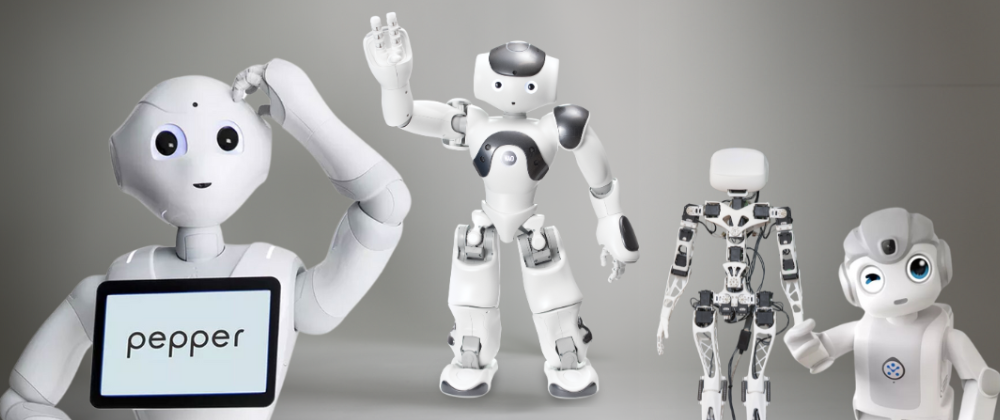Humanoid robots have the potential to revolutionize a wide range of industries and applications, but they also face significant challenges that developers are working to overcome.
Healthcare and Rehabilitation
In the healthcare sector, humanoid robots can assist in patient care, provide companionship for the elderly, and support individuals with disabilities in their daily activities. They can perform delicate tasks like assisting in surgeries, providing physical therapy, and monitoring vital signs. Robots like Pepper have been explored for providing emotional support to patients, leveraging their ability to detect facial expressions and vocal tones to create a comforting environment.
Education and Research
Humanoid robots can enhance the educational experience by serving as interactive tutors, engaging students in personalized lessons and adapting to their individual needs. In research settings, these robots are used to study human behavior, cognition, and social interaction, helping researchers gain insights into psychology and social dynamics by replicating human-like movements and expressions.
Customer Service and Hospitality
Humanoid robots are increasingly being deployed in the service industry to interact with customers and enhance the overall experience. They can greet and guide customers, provide information and recommendations, and handle routine tasks like check-ins and concierge services. Their ability to understand multiple languages and gestures allows them to cater to diverse customer needs.
Manufacturing and Industrial Automation
In the manufacturing sector, humanoid robots are automating repetitive and physically demanding tasks, working alongside human workers in assembly, picking and packing, and quality control processes. Their advanced sensors and machine learning capabilities enable them to adapt to changing environments and perform complex tasks with precision and efficiency, leading to increased productivity and improved worker safety.
Entertainment and Social Interaction
Humanoid robots are also making their mark in the entertainment industry, performing intricate dance routines, entertaining audiences with interactive performances, and even acting as characters in movies and shows. Additionally, they are becoming companions and social partners for individuals seeking emotional support and companionship, leveraging their ability to understand and respond to human emotions.
Challenges and Limitations
Despite the wide range of potential applications, humanoid robots still face significant challenges. One of the primary challenges is natural interaction, as they struggle to replicate the fluidity and nuance of human communication. Dexterity is another issue, as humanoid robots often lack the fine motor skills required for complex tasks. Navigating unstructured environments, such as homes and public spaces, also poses a challenge, as these robots are not yet adept at adapting to changing surroundings.
Another key challenge is the "uncanny valley" effect, where humanoid robots appear almost, but not perfectly, human-like, leading to a sense of unease or discomfort in human observers. Developers are working to overcome this by improving the realism and naturalness of the robots' appearance and behavior.
As humanoid robots continue to evolve, it will be crucial for developers to address these challenges and ensure that the technology is safe, reliable, and beneficial to society. With ongoing research and innovation, the potential applications of humanoid robots are vast, and they may become increasingly integrated into our daily lives in the years to come.






Oldest comments (0)